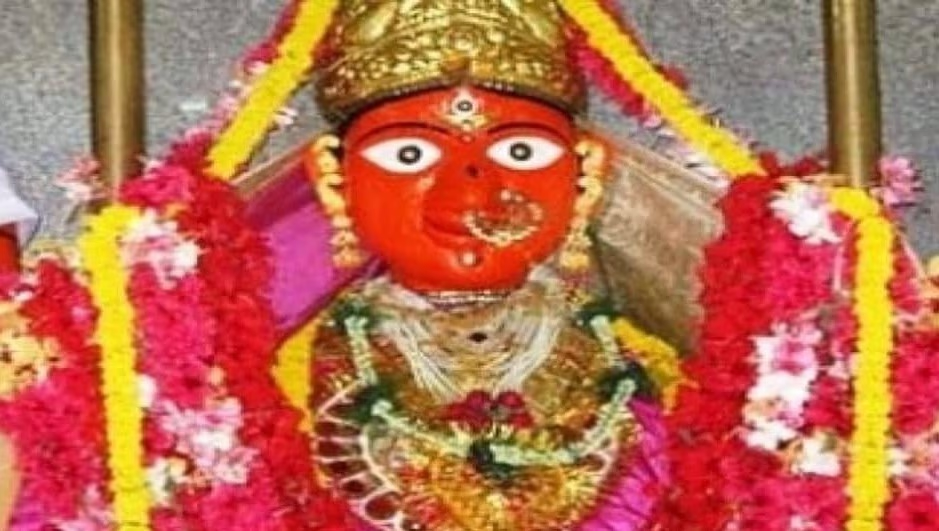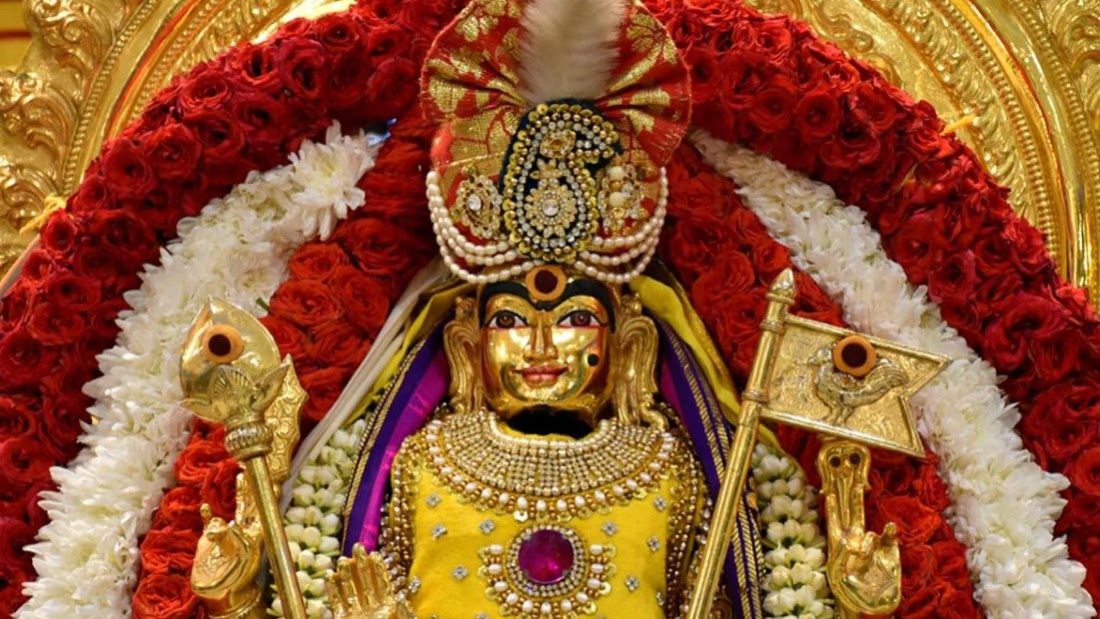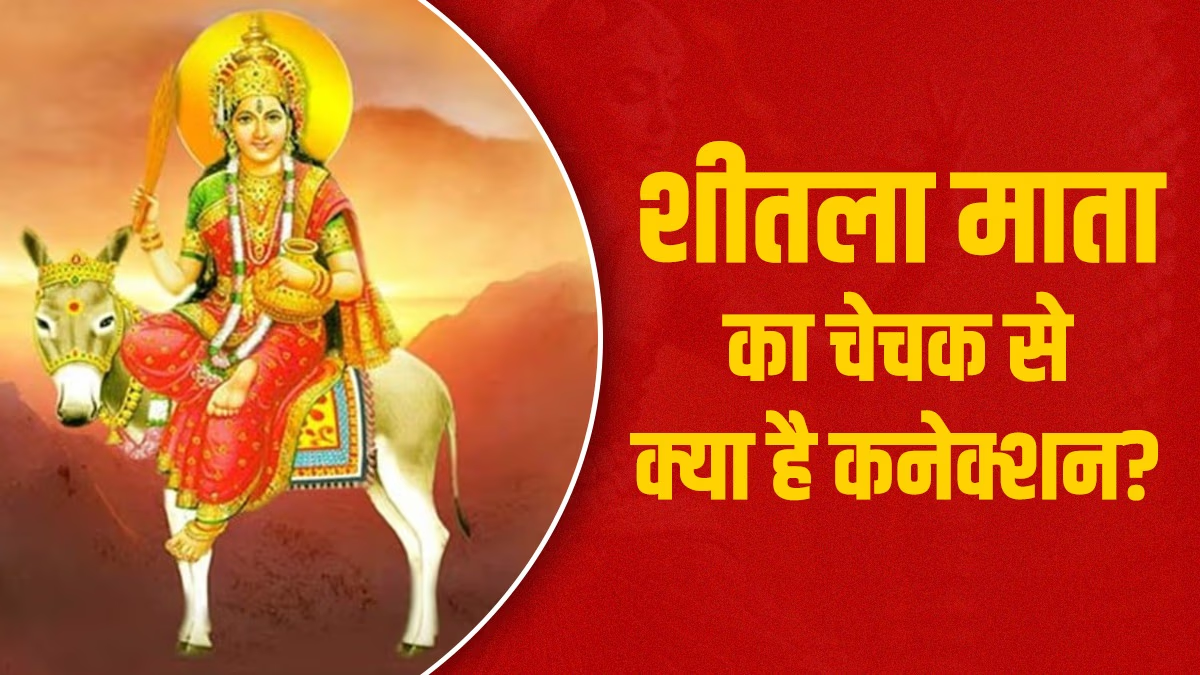While science has made significant advances and times have modernized, there remain mysteries and beliefs from ancient epochs that neither can be fully accepted nor completely dismissed. Our contemporary lives are often entangled in the fine line between superstition and unsolved enigmas. Amidst this confusion, we celebrate festivals, observe rituals, and undertake fasts while simultaneously questioning and endeavoring to uncover their underlying truths.
One such intriguing topic is Shitala Ashtami, also known as Basoda Puja or Basoda Vrat. This day, ubiquitous in Eastern Uttar Pradesh and throughout North India, is marked by the tradition of preparing meals the night before. The ritual involves fasting until midday, followed by offerings of the prepared food beneath trees, near temples, or by riverbanks as part of Basoda Puja, eventually consuming it as prasad.
The Tradition of Stale Food on Shitala Ashtami
Typically, people are urged to consume fresh and warm meals, but Shitala Ashtami is an exception—a day reserved for eating stale food as a form of prasad. Celebrated eight days after Holi, Shitala Ashtami honors Goddess Shitala, a form of Goddess Durga or Parvati, also revered as Roganashini, the one who eradicates diseases.
Why is there a practice of offering stale food to the deity, and what origins lie in her story? Looking into the Skanda Purana provides answers. However, before delving into Shitala Mata’s narrative, it’s crucial to recognize a disease that wreaked havoc in India around 60-70 years ago. Known as smallpox, or chickenpox in some contexts, it has striking similarities with other diseases named smallpox and measles.

Source: aajtak
Smallpox as a Divine Wrath
In rural India, diseases like smallpox were referred to as Badi Mata, Chhoti Mata, and Khasra. The dreaded Badi Mata disease claimed numerous lives, and its survivors were often left with disfiguring scars or physical impairments. While conversing with the elderly today, one might notice chickenpox scars on their bodies, often shared in tales of its devastating effects.
Following the vaccine's introduction, nationwide vaccination drives took place, with camps at schools ensuring mass immunization. People from earlier generations often bear coin-sized marks on their arms, indicative of having received the smallpox vaccine.
Smallpox was named 'the wrath of the goddess' by rural communities. In the 90s, upon encountering this disease, phrases like 'Mata has appeared' became common shorthand. Similarly, smallpox was dubbed Chhoti Mata, owing to its divine association. Villages struck by smallpox cases would invariably worship Shitala Devi, an incarnation of the divine, as a protective measure.
Rituals of Worshiping Shitala Mata
On the eve of Shitala Ashtami, meals were prepared for the following day's fasting, which lasted until noon. Surroundings were swept with brooms made from neem leaves, water was sprinkled for purification, and offerings were made just as the sun reached its zenith. Turmeric-infused water was poured from a pitcher, accompanied by prayers to keep the environment and individuals cool and free of ailments.
Disease-driven beliefs regarding smallpox stemmed from a lack of medicinal intervention, accompanied by a mythological narrative chronicled in the Skanda Purana. This narrative evolved into popular folklore and legends among people.
The word ‘Shitala’ means ‘the cool one.’ She's revered for freeing people from smallpox, fever, and other skin diseases. Mounted on a donkey, she holds a broom, winnow, water pitcher, and neem leaves, signifying cleanliness, disease prevention, and coolness.

Source: aajtak
The Skanda Purana's Narrative on the Goddess
In the Skanda Purana, Goddess Shitala features prominently in sections like "Kashi Khand" and "Nagar Khand," depicting her as one of Goddess Durga’s avatars with many names. Described as Rogaharini, or 'the remover of diseases,' her relevance and origins are further elaborated through hymns like "Sheetalashtak," ascribed to Lord Shiva.
Multiple Origin Stories of the Goddess
How and why did Shitala Mata emerge? Stories of her origin trace back to texts like the Skanda Purana and local traditions. As earth faced severe famine, Durga manifested as Shakumbhari, introducing plants and vegetables. Similarly, with escalating diseases and epidemics, particularly smallpox, threatening humankind, Goddess Durga appeared in the form of Shitala, embodying coolness and disease eradication, providing relief and peace, in addition to eliminating illnesses.
Another tale describes how, when faced with a smallpox epidemic, Lord Shiva requested Parvati to squelch the crisis. Prompted by his appeal, Parvati’s divine energy birthed a force capable of pacifying diseases, assuming Shitala’s form. Shiva extolled her virtues through the "Sheetalashtak" hymn, offering solace to devotees combating diseases.

Source: aajtak
The Legend of the Fever-Inducing Demon
Continuing this narrative, the Skanda Purana imagines a demon named Jwarasura, a fever demon responsible for diseases like fever and smallpox across the earth. His terror struck deep into the heart of humanity and the divine alike, prompting Goddess Durga to incarnate as Shitala, slaying Jwarasura. In the ensuing battle, Shitala Mata purified illness through her broom, administered medicine using neem leaves, and consecrated the earth with cooling water from her pitcher. Post-event, she became worshipped as 'Roganashini' and 'Sheetaladevi.'
Appearance of Shitala Mata
The initial verse of the "Sheetalashtak" in the Skanda Purana describes Shitala Mata’s form:
वन्देऽहं शीतलां देवीं रासभस्थां दिगम्बराम्. मार्जनीकलशोपेतां शूर्पालंकृतमस्तकाम्॥
Herein, her vehicle (donkey), divine appearance (symbolizing supreme power), and symbolic hand-held items are tied to her existence and mission.
Bio-Weapons in the Mahabharata
The Skanda Purana’s narrative of Jwarasura finds a parallel in the southern parts of India with a similarly themed deity worshipped. Referred to as Jwaradev in local languages, references to fever appear in the Mahabharata, initially depicted as a three-legged, three-headed demon originating from Shiva’s perspiration. In the Harivamsa, as Krishna battled Bana to rescue his grandson Aniruddha, Banner sought Shiva’s protection. Consequently, Shiva unleashed Maheshwar Jwara upon Krishna’s army.
Krishna countered by creating Vaishnav Jwara, ultimately resulting in a skirmish between the two jwaras. Vaishnav Jwara triumphed, allowing Vishnu to appease it, rendering Maheshwar Jwara weak. This showdown marked the onset of maladies like fevers and smallpox afflicting humankind, spurring Shitala’s manifestation to mitigate these afflictions and usher in her worship.
This event is viewed as an early case of biological warfare, reflecting the use of bio-weapons.
Temples for Jwaradev in Southern India
Charaka Samhita and medical treatises also reference Jwaradev. The Harivamsa portrayal of Maheshwar Jwara aligns with descriptions in Vishnu Puran, Brahma Puran, and Skanda Puran. Vishnu Dharmottara details fever representations in sculptures, paintings, and dances. However, existing depictions depict notable variations.
For instance, the 13th-century statue at Tiruvadaimarudur’s Jwarahareswara Temple exhibits a four-armed figure holding fire and an axe. The left hand displays Gajahasta mudra, while the right shows Abhaya mudra. According to a report in The Hindu, a shrine dedicated to the deity of fever, Jwarahareswara Temple, exists in Kanchi with a Jwarateertham pond.

Source: aajtak
The statue at the temple features stacked heads, akin to a pyramid. A 13th-14th century Nepali statue housed in the Chicago Museum portrays Jwaradev donned in a tiger skin, with the animal’s tail prominently visible, wearing snakes as ornaments. The Kodavasal Temple’s depiction of Jwarahareswara involves holding a trident, mace, and elephant goad.
At Tharamangalam in Salem district, a statue with three heads, arms, and legs is displayed; its lifted left foot rests upon a lotus flower. In Bhavani, the Jwarahareswara icon has three heads, three hands, three legs, and nine eyes, without any vehicle.
Icons of Jwaradev in Eastern India
Likewise, in Eastern India, Jwaradev worship proceeds alongside Shitala (the smallpox goddess) and Ghentu (the deity of skin diseases), continuously practiced in places like Hooghly, Howrah, Medinipur, 24 Parganas, and Kolkata. At times, devotees offer small images, known as chhalan, to Jwaradev. No dedicated temple for Jwara exists in West Bengal. Balloons, fruits, rice, and sweets are offered as tributes to appease Jwaradev.
Mention of Jwaradev in Buddhism
References to Jwaradev or Jwaradevi also appear within Buddhist narratives. In a Buddhist illustration, the Buddhist fever goddess Paranasabari stands alongside Shitala on her right and Hayagriva to her left, identifying Hayagriva as Jwaradev. Modern earthen statuettes of Jwaradev in West Bengal reveal three distinct colors: blue, black, and gray. Some statues showcase warrior boots. Jwaradev’s statues illustrate both continuity and transformation.
Why the Tradition of Stale Food?
Why does a tradition of offering and consuming stale prasad and food exist? One explanation lies in the transition period following Holi, as it marks the season's shift during the Chaitra month. As seasons change, the body experiences a need for restored immunity, weakened during this time.
With digestion slowing down and spring’s advent inducing sporadic perspiration, this transition marks a time for internal cleansing. Stale food aids in this purification and enhances immunity, traditionally including fermented foods. Fermented dishes are rich in beneficial bacteria, strengthening gut health and reinforcing the body’s immune response.
Thus, since ancient times, Sanatani traditions have embraced Basoda Puja, endowing us with the gift of health.




